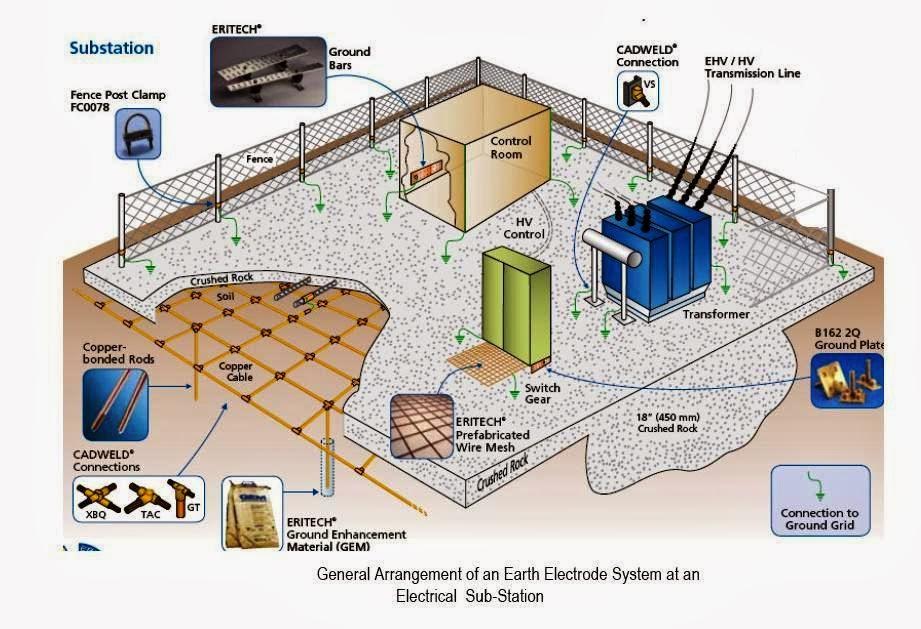Earthing and Grounding
Product Description
Earthing and Grounding System
The earthing system (also known as grounding) is installed to limit or prevent the damage caused by electric bolts or lightning strikes. It is made up of these principal components:
- Bonding
- Earth rod network
- Inspection pit
- Ground enhancement material
Earthing system is the process of connecting earth to a neutral conductor. Its purpose is to redirect the voltage to the ground. The most used types of earthing system are usually solid grounding and ungrounded. Those are commonly used in both, industrial and commercial power systems.
Grounding is a fundamental aspect of electrical systems, serving to safeguard against electrical hazards and ensure operational stability. It involves connecting electrical circuits to the earth or a grounding system, creating a low-resistance path for fault currents to safely dissipate.
In contrast, an ungrounded system lacks this connection to the earth, potentially leading to hazardous conditions such as floating voltages and increased risks of electric shock or equipment damage. However, ungrounded systems may be employed in certain specialized applications where continuity of service is paramount.
Bonding
While earthing creates a highway for excess electricity to flow out of the system, bonding makes sure all the metallic parts are connected to this highway so they can safely release that current. Bonding within an earthing system offers several advantages, including the following:
- Safety: Bonding minimizes the voltage difference between metallic objects, reducing the risk of electrical shock if someone comes into contact with them during a fault.
- Ground Fault Circuit Interrupter (GFCI) Effectiveness: A properly bonded earthing system allows GFCIs to function effectively. When a fault occurs, the current imbalance triggers the GFCI to shut off power, preventing serious shocks.
- Examples of Bonded Components: Some elements bonded in a grounding system include electrical boxes, conduits, metal water pipes, and appliance frames.
- Regulations: Electrical codes, like the National Electrical Code (NEC), specify bonding requirements for various electrical installations according to NFPA 70.
It’s important to note that bonding alone isn’t enough for complete safety. It relies on a proper grounding system to function effectively. A qualified electrician should handle electrical work to ensure proper bonding and grounding techniques are followed.
For more information, send us your request:
[contact-form-7 id=”29271″ title=”Download Catalog”]
